The Cameras, Trends and Advice Behind the Films of SXSW 2023
Jourdan Aldredge
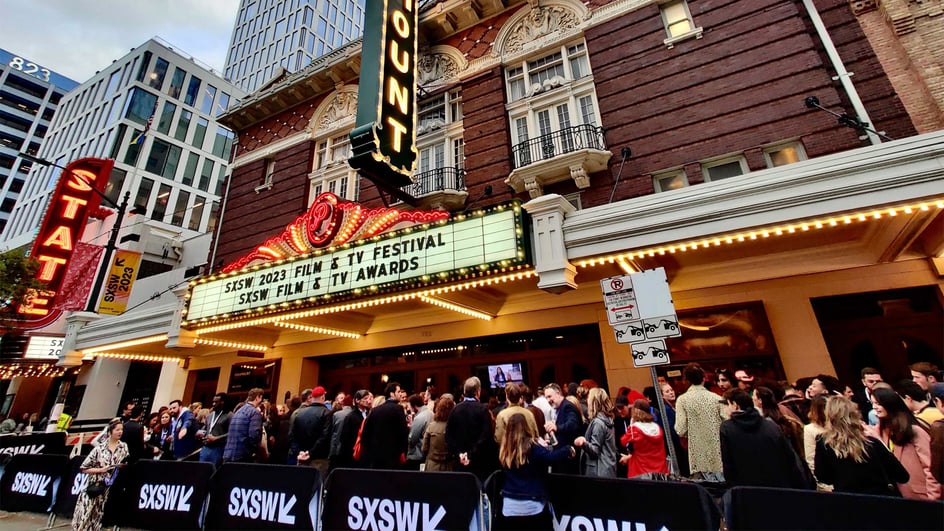
Mar 16, 2023
As far as major film festivals go, SXSW remains one of the biggest and best for launching the careers of filmmakers. With a long list of debutants including Greta Gerwig, Joe Swanberg, Gareth Edwards, Lena Dunham, and the Duplass brothers to name a few, SXSW has proven to be fertile ground for up-and-coming filmmakers to showcase their talent and launch their careers.
However, as is the case with most major film festivals, they can only accept so many films each year. And as such, the competition is fierce and the films featured represent some of the best ideas, freshest voices, and purest filmmaking talent in the world.
To help all of those looking to launch their own careers, as well as to provide insights for how you can choose to shoot your next projects, we surveyed all of the filmmakers at this year’s SXSW Film Festival to learn more about the cameras, trends, and advice behind their shorts and features.
Here are the results of our SXSW film production survey, and more importantly, insights into how you can use these answers to help your next film projects have a stronger chance of getting into the festival next year.
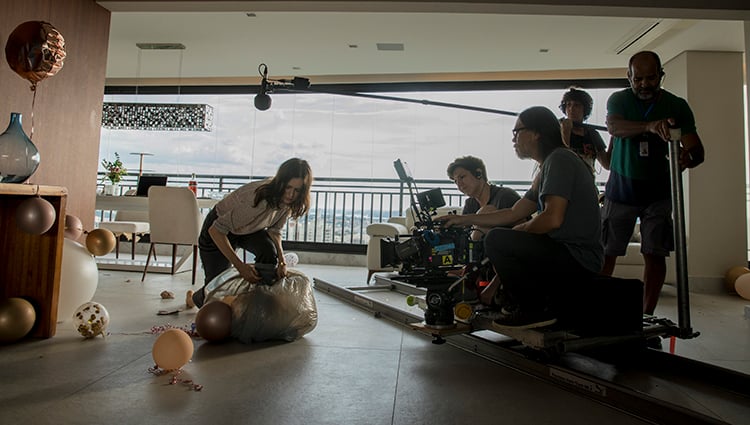
Image from My Drywall Cocoon, via Caroline Fioratti.
From our camera survey sent out to all of the registered filmmakers at SXSW Film 2023, there was surprisingly one clear favorite camera that could be found throughout all of the competition categories including narrative features and shorts, documentary feature and shorts, and music videos and visions.
And that camera was the Arri ALEXA Mini.
Over half of the films which responded to the survey were shot on the ALEXA Mini, and for good reason too. With a large-format 4K version of the original ALEXA sensor, theMini LF (LPL) camera in particular in the Lens Mount Set offers 4K recording in three sensor modes and some of the best image quality for both natural skin tones and smooth bokeh.
It’s also one of the most affordable high-end cinema camera options that is easy to grab-and-go from a rental house and is flexible for camera crews both big and small.
After the ARRI ALEXA Mini, which — again — was a clear favorite, there were still a fair number of Canon, Sony and Blackmagic cameras on the list including the Canon C300 and Canon 500, the Sony FX6 and Sony FX9, and different versions of the Blackmagic URSA Mini Pro.
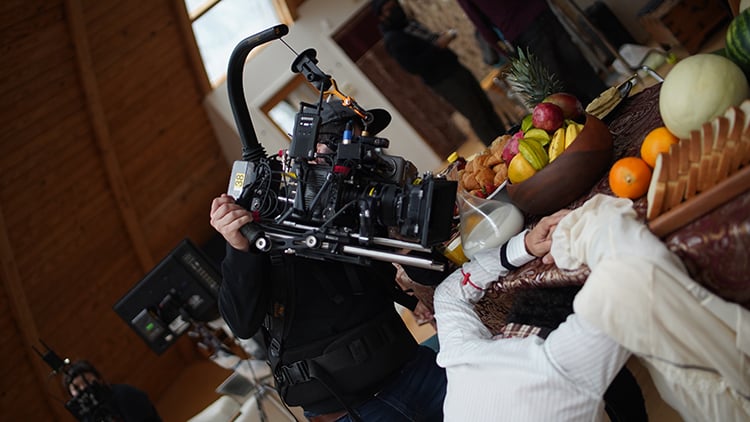
Image from Deliver Me, via Joecar Hanna.
From there, we found in our survey that there were a great variety of lenses and lens kits used on SXSW films this year. But a consistent theme of primes and high quality glass was of course understandable as directors and DPs chose to go with the fastest and most pristine lens kits they could buy (or more often, rent or borrow).
Some of the repeat names in our survey included Canon FD Primes, Zeiss Super Speeds, Angenieux EZ series, Cooke S4 lenses and Atlas Orion anamorphics.
However, for those aspiring SXSW cinematographers, the take-away here is that it really doesn’t matter what lens (or camera for that matter) you go with as long as you’re working high-quality prime lenses and a solid cinema camera you should be able to get the best looks for your films to showcase on the big screens at SXSW.
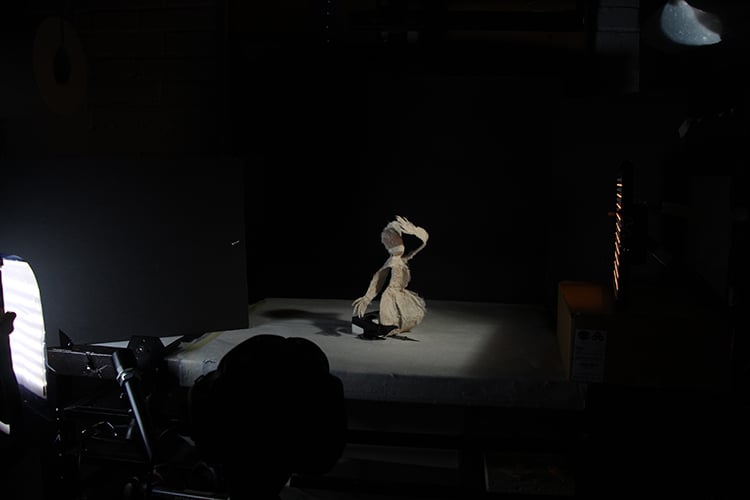
Image from Beyond the Fringe, via Han Tang.
Moving on from production to post-production, these were some of the most interesting results from our filmmaker survey. While it should come as no surprise that Adobe Premiere Pro led the way with the slight majority of films it was used on, Avid was a close second, then followed behind that with Blackmagic DaVinci Resolve and Final Cut Pro.
Still, while Avid Media Composer of course has legacy connotations with Hollywood feature films and shorts, I was personally a bit surprised to see it still be so prevalent today here in 2023. Even as digital workflows have evolved (and several editors mentioned using apps like Frame.io for remote editing), Avid is indeed still used by many mainstream film editors to cut the biggest narrative and documentary features.
However, Premiere Pro being the clear favorite NLE for most in the film and video industry continues to hold true as its numbers were pretty uniform across the board, especially when moving into the student films and shorter form content.
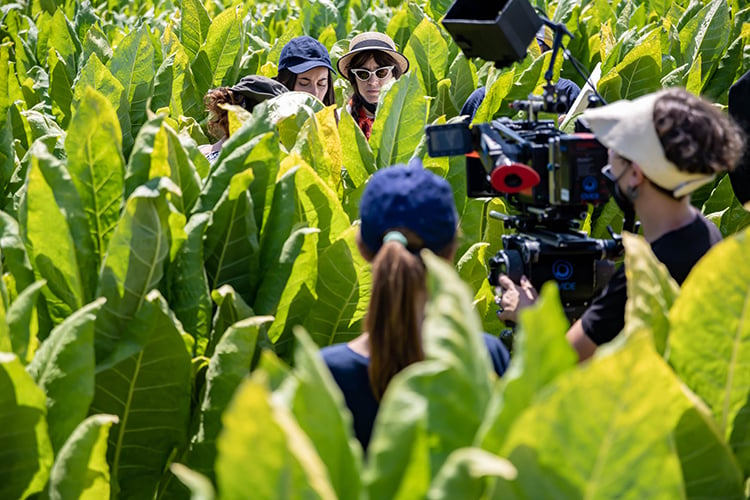
Image from Tobacco Barns, via Rocio Mesa.
One of our favorite topics here at Soundstripe, we were excited to ask SXSW filmmakers about their soundtracks, and how they worked to compose their film scores. It should come as no surprise that the vast majority of films at SXSW enlisted a film composer to work to record original soundtracks for their films.
Often the film’s composer was a direct friend or collaborator of the director, with several instances of the filmmaker contributing to the score themselves. And for many film and video professionals, at the highest levels of production and filmmaking custom scoring is still very much the industry standard.
However, we were surprised to learn that many film editors and sound designers did use some elements of stock and royalty free music and, more often, sound effects in their films as a way to supplement their original scores.
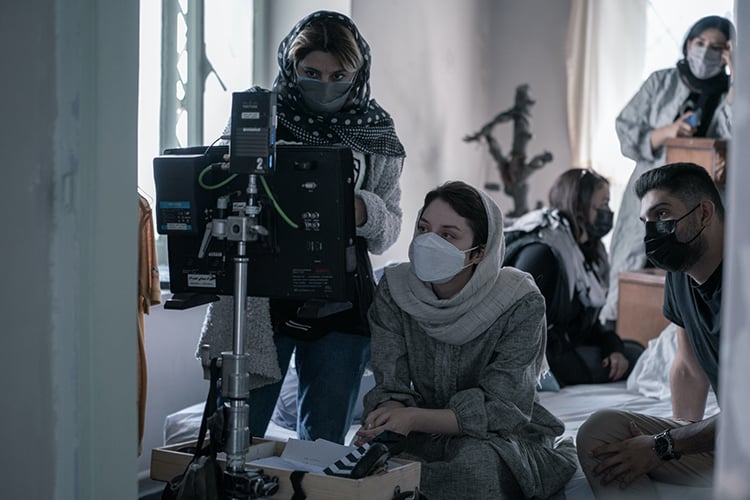
Image from It Turns Blue, via Shadi Karamroudi.
Finally, to wrap things up from our SXSW filmmaker survey, we asked all of the selected directors to share some general advice for other up-and-coming filmmakers into how they can develop their craft — and hopefully make it into a festival like SXSW one day.
These insights and tips were a blast to read through and super insightful and inspiring. They run the gamut from inspirational to very practical. Including several tips for getting out of your comfort zone and tackling any elements of imposter syndrome.
So, help you along on your filmmaking journey, and to wrap our survey up, here are some of the best pieces of advice from the filmmakers of SXSW 2023:
“The number one thing is quality--the work has to be strong, totally compelling. This can take many forms of course. And to do that one has to develop skills, at least. So find a way to do work, to get practice and build experience, that is like the work you want to make on your own.” — Benjamin Shapiro (Max Roach: The Drum Also Waltzes)
“When you're making films no matter what part of the process you're in - pre-production, production, post - maintain an ongoing spirit of investigation. Always continue to ask questions. “Surround yourself with people who have that same curiosity for whatever you're exploring in your film. You can never ask enough questions especially in pre-production, but stay open throughout the entirety of the process.” — Emma Weinswig (I Probably Shouldn't Be Telling You This)
“Authenticity matters and don't be afraid to take risks to tell your unique perspective. SXSW in particular is a festival that celebrates the weird, funny, stranger-than-fiction stories and that is what makes SXSW such a unique and important festival to me.” — Amy Omar (Breaking Fast with a Coca-Cola)
“My advice to someone looking to get into movies is to start making things small or big, rather than waiting around for someone’s approval or validation. Because if you keep making things, eventually they will find an audience. My career has been a very slow climb. I made my first short in 2006, and have never had a giant breakthrough moment. Instead there have been a lot of small successes that keep building upon each other. Along the way, I’ve learned so much about the craft of filmmaking by creating countless short films and commercials.” — Dan Covert (Geoff McFetridge: Drawing a Life)
“For every yes, there are about one hundred nos. The no doesn't mean you're not good enough. It means not yet. I’ve had a lot of rejection along the way but I turned it into fuel to keep working harder. Also, LUCK. I don’t know how that works. Good luck. Don’t wait for someone to give you permission to make films. Make films that only you can make - that wouldn’t get made unless you made them. Build your team of collaborators who you admire, trust and can lean on. Always keep learning. The most important thing is to make as much as you can without going broke - and to keep growing as an artist and storyteller. If you can build an audience and a body of work without relying on gatekeepers: that’s the dream.” — Molly McGlynn (Bloody Hell)